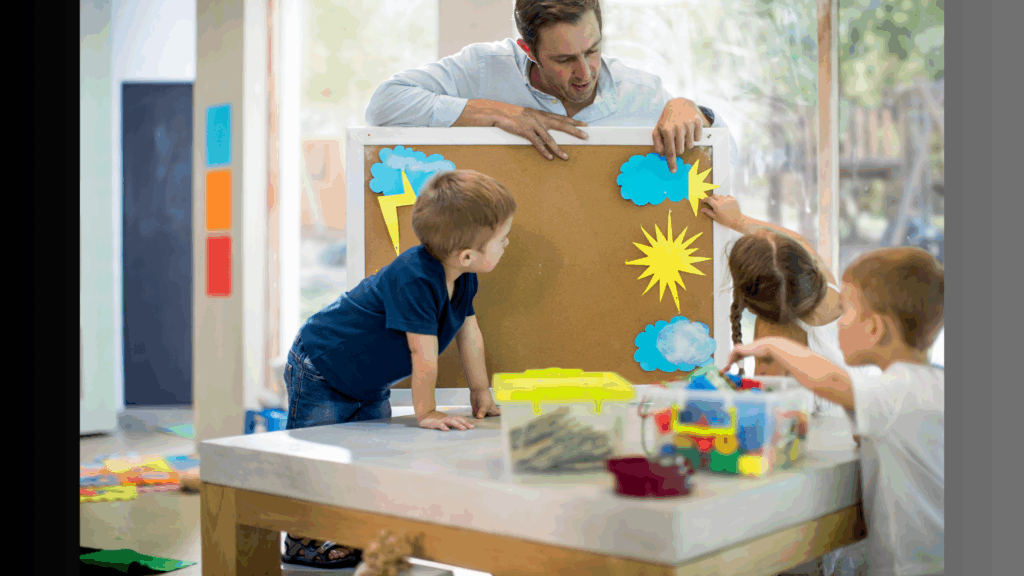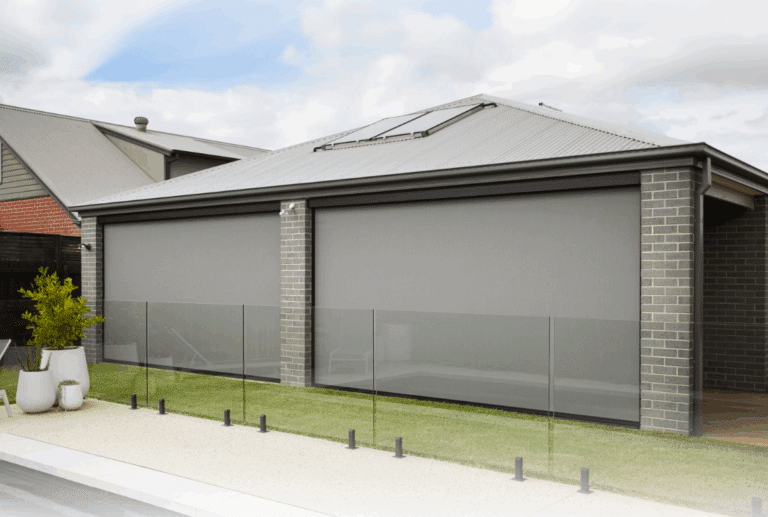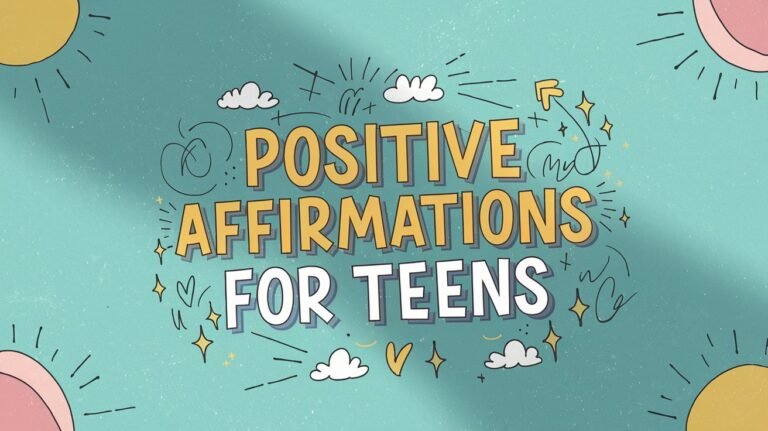Rainy days got you stuck indoors with restless preschoolers? Most parents and teachers struggle with keeping young children engaged when the weather keeps everyone inside.
It’s frustrating when little ones have endless energy but nowhere to go. Plus, you’re missing valuable learning opportunities.
Here’s something that might surprise you: the best weather for learning often happens indoors. You can create clouds, make snow, and build mini tornadoes right in your living room or classroom.
The best part? Most activities use everyday household items you already have, no expensive kits required.
Understanding Weather Concepts Through Play
Play-based weather learning helps children understand meteorological concepts better than textbooks.
Simple experiments like creating clouds in jars, building rain gauges, or making tornado bottles convert abstract ideas into hands-on experiences. These activities develop scientific observation skills while keeping children engaged.
Indoor options like shaving cream snow simulation, weather charades, and digital journals work year-round. Seasonal projects help children track patterns and connect weather to natural changes.
Spring charts, summer heat experiments, and fall leaf studies make learning relevant throughout the year.
Weather education becomes meaningful when linked to daily life. Children who understand patterns notice how conditions affect cooking, sports, and clothing choices.
This builds critical thinking and respect for natural forces. Daily weather changes provide constant teaching opportunities when children are naturally curious and engaged through active exploration.
Fun and Hands-On Weather Experiments for Little Learners

Hands-on weather activities for preschoolers engage young learners through interactive, sensory-rich experiences that make weather concepts fun and easy to understand.
These activities help build observation skills, vocabulary, and curiosity about the world around them.
1. Weather Chart
Create a daily weather chart where children can track the weather with visual symbols like the sun, clouds, or raindrops. This activity helps preschoolers develop observation skills while tracking changes in the weather over time.
Benefits:
- Encourages children to observe and categorize different weather conditions.
- Helps children develop a daily routine and pattern recognition.
2. Tornado in a Bottle
Create a vortex using water and a bottle to simulate a tornado. This activity helps children visualize the swirling movement of a tornado in a simple and safe way. It introduces them to the concept of vortices and air currents.
Benefits:
- Demonstrates how water spins in a tornado-like pattern, helping kids understand vortices.
- A fun way to explain the power and movement of tornadoes.
3. Cloud in a Jar
Demonstrate cloud formation using hot water, ice, and a jar. By using this simple experiment, children can witness how clouds are formed from water vapor and condensation.
Benefits:
- Teaches children how clouds form through condensation.
- Provides a visual representation of water vapor turning into clouds.
4. Water Cycle in a Bag
Observe evaporation and condensation in a sealed plastic bag by taping it to a window. As the water in the bag evaporates and condenses, children can watch the water cycle in action. This experiment gives a clear, visual representation of the water cycle.
Benefits:
- Shows the cycle of water as it evaporates, condenses, and precipitates.
- Simple and effective way to visualize the water cycle indoors.
5. Sensory Bottles
Fill bottles with water, glitter, and beads to represent different weather conditions. This sensory activity allows children to explore and visualize various weather types through touch and sight.
Benefits:
- Encourages children to observe and categorize different weather conditions.
- Helps children develop a daily routine and pattern recognition.
6. Rain Cloud Craft
Use cotton balls and blue paint to create a rain cloud craft. This craft helps children visualize how clouds hold rain and release it. It’s a simple and fun way to introduce the concept of precipitation.
Benefits:
- Teaches children how clouds hold water and release rain.
- A fun way to explain the power and movement of tornadoes.
7. Rain Stick Craft
Make a rain stick using a cardboard tube and rice or beads to simulate rain sounds. This activity helps children understand the sound of rain and how it falls. It also serves as a creative way to make their own weather instrument.
Benefits:
- Encourages children to observe and categorize different weather conditions.
- Helps children develop a daily routine and pattern recognition.
8. Weather Bingo
Create a weather-themed bingo game to reinforce weather vocabulary. In this game, children match weather-related images with the corresponding weather term. It’s a fun way to engage children with the different types of weather.
Benefits:
- Teaches children about different weather types and their characteristics.
- Helps children develop a daily routine and pattern recognition.
9. Paper Plate Sun Craft
Create a bright sun craft using a paper plate, markers, and tissue paper. This craft helps children visualize the sun’s role in weather and introduces them to the concept of sunlight and warmth.
Benefits:
- Teaches children how the sun affects weather.
- A fun way to explain the power and movement of tornadoes.
10. Build a Rainbow
Use water, a flashlight, and a glass of water to create a simple rainbow. This experiment demonstrates how light bends through water, creating a rainbow. It’s a hands-on way to show children the physics behind rainbows.
Benefits:
- Teaches children about light refraction and how rainbows form.
- Encourages children to observe and categorize different weather conditions.
11. Evaporation Experiment
Leave a shallow dish of water in the sun to see how it evaporates. This activity helps children understand how water turns into vapor when heated. It provides a simple and visible demonstration of the evaporation process.
Benefits:
- Shows the cycle of water as it evaporates, condenses, and precipitates.
- Helps children develop a daily routine and pattern recognition.
12. Tornado Sensory Bin
Fill a bin with cotton and toy tornadoes for a sensory experience. This activity allows children to explore tornadoes through their senses while learning about the force and movement of tornadoes.
Benefits:
- Demonstrates how water spins in a tornado-like pattern, helping kids understand vortices.
- A fun way to explain the power and movement of tornadoes.
13. Snowstorm in a Jar
Use glitter and water to create a faux snowstorm in a jar. This activity helps children visualize how snow falls and swirls, simulating a snowstorm in a fun, indoor way.
Benefits:
- Teaches children how snow is formed and how it falls from clouds.
- Encourages children to observe and categorize different weather conditions.
14. Cotton Ball Clouds
Create fluffy clouds from cotton balls and glue them onto construction paper. This craft helps children understand cloud formation and how clouds hold moisture. It’s a simple way to make clouds tangible for young learners.
Benefits:
- Teaches children how clouds hold water and release rain.
- Helps children develop a daily routine and pattern recognition.
15. Wind and Streamers
Use streamers to simulate wind and observe how they move in the breeze. This activity helps children understand the concept of wind and how it moves objects, reinforcing the role of wind in weather patterns.
Benefits:
- Encourages children to observe and categorize different weather conditions.
- Helps children develop a daily routine and pattern recognition.
16. Cloud Formation Experiment
Add a few drops of water into a jar to show how clouds form and condense. This experiment provides a simple visual demonstration of how clouds are created in the atmosphere.
Benefits:
- Teaches children how clouds form through condensation.
- Provides a visual representation of water vapor turning into clouds.
17. Rain Painting
Drop watercolor paint on a page and let rain (or water from a spray bottle) help blend the colors. This activity allows children to explore the effect of rain on surfaces, creating a fun and artistic way to visualize rain.
Benefits:
- Shows the cycle of water as it evaporates, condenses, and precipitates.
- Helps children develop a daily routine and pattern recognition.
18. Sun Prints
Use construction paper and various objects to create sun prints after leaving them in direct sunlight. This activity helps children see how sunlight can affect materials, creating a print that changes in the sun.
Benefits:
- Teaches children about how the sun affects materials.
- Encourages children to observe and categorize different weather conditions.
19. Weather-Themed Obstacle Course
Set up an obstacle course inspired by different weather conditions (e.g., jumping through puddles, “snow” crawling). This activity engages children in physical activity while introducing them to weather elements through play.
Benefits:
- Encourages children to observe and categorize different weather conditions.
- Helps children develop a daily routine and pattern recognition.
20. Ice Cube Science Experiment
Place ice cubes outside and observe how they melt in the heat. This experiment demonstrates how temperature affects solid objects, such as ice turning to water.
Benefits:
- Shows the cycle of water as it evaporates, condenses, and precipitates.
- Helps children develop a daily routine and pattern recognition.
21. Paper Tornado
Cut a spiral out of paper, then let it spin to simulate a mini tornado. This activity allows children to explore the concept of spinning air and vortexes.
Benefits:
- Demonstrates how water spins in a tornado-like pattern, helping kids understand vortices.
- A fun way to explain the power and movement of tornadoes.
22. Snowflake Making
Cut paper snowflakes and discuss how real snowflakes form. This craft helps children understand the symmetry and uniqueness of snowflakes, introducing them to the concept of crystallization.
Benefits:
- Teaches children how snow is formed and how it falls from clouds.
- Encourages children to observe and categorize different weather conditions.
23. Weather Matching Game
Create a matching game with weather images and corresponding activities (sun with sunglasses, rain with umbrella). This game helps reinforce weather vocabulary and how weather affects daily life.
Benefits:
- Encourages children to observe and categorize different weather conditions.
- Helps children develop a daily routine and pattern recognition.
24. Water Gauge
Build a simple rain gauge with a clear bottle to measure rainfall. This activity introduces children to the concept of measuring rainfall, connecting them to how meteorologists track weather.
Benefits:
- Shows the cycle of water as it evaporates, condenses, and precipitates.
- Helps children develop a daily routine and pattern recognition.
25. Weather Sorting
Sort various weather-related items into categories (e.g., rain clothes vs. sunny clothes). This activity helps children learn the appropriate clothing for different weather conditions.
Benefits:
- Teaches children about different weather types and their characteristics.
- Helps children develop a daily routine and pattern recognition.
26. Wind Vane
Create a simple wind vane using a straw, cardboard, and a pin to measure wind direction. This activity teaches children about wind direction and how wind affects weather patterns.
Benefits:
- Encourages children to observe and categorize different weather conditions.
- Helps children develop a daily routine and pattern recognition.
27. Weather Collage
Create a weather collage by gluing different weather-related images (sun, clouds, rain) onto a poster board. This craft activity allows children to visually represent the different weather elements they’ve learned about.
Benefits:
- Teaches children how the sun affects weather.
- Encourages children to observe and categorize different weather conditions.
28. Water Drops Science
Drop water on different materials (like paper towels and cloth) to observe how they absorb differently. This experiment demonstrates how materials react to moisture and helps children learn about water absorption.
Benefits:
- Shows the cycle of water as it evaporates, condenses, and precipitates.
- Helps children develop a daily routine and pattern recognition.
29. Weather Wheel
Create a weather wheel that rotates to show different weather patterns (sunny, cloudy, rainy, etc.). This activity provides a hands-on way for children to identify and categorize weather.
Benefits:
- Teaches children about different weather types and their characteristics.
- Helps children develop a daily routine and pattern recognition.
30. Cloud Observation
Take children outside to observe real clouds and try to identify shapes or types. This activity helps children recognize different cloud formations and understand the different types of weather they bring.
Benefits:
- Teaches children how clouds form through condensation.
- Encourages children to observe and categorize different weather conditions.
31. Sun Safety Game
Discuss and practice sun safety by wearing hats, sunglasses, and sunscreen. This activity helps children understand how to protect themselves from the sun, linking health with weather.
Benefits:
- Teaches children how the sun affects materials.
- Encourages children to observe and categorize different weather conditions.
32. Hailstone Experiment
Freeze small balls of water in ice cube trays and drop them to simulate hailstones. This activity demonstrates how hail forms in a storm, helping children understand this extreme weather event.
Benefits:
- Shows the cycle of water as it evaporates, condenses, and precipitates.
- Helps children develop a daily routine and pattern recognition.
33. Waterfall in a Jar
Fill a jar with water and drop food coloring in it to create a “waterfall” effect. This simple activity allows children to see how water moves in nature, simulating a waterfall.
Benefits:
- Teaches children how water moves in nature, like in a waterfall.
- Encourages children to observe and categorize different weather conditions.
How Do Weather Activities Benefit Preschool Learning
- Develops scientific observation and critical thinking skills
- Builds weather vocabulary and language development
- Enhances math skills through measuring and counting
- Improves memory through multi-sensory experiences
- Teaches cause-and-effect relationships
- Encourages cooperation and social skills
- Builds patience and confidence through experimentation
- Connects learning to real-world daily experiences
Children understand complex ideas like evaporation and temperature changes better when they can touch, see, and experiment with weather phenomena.
The Bottom Line
Weather activities convert ordinary days into exciting learning adventures for preschoolers. These simple experiments build scientific thinking and vocabulary while keeping children engaged.
Each activity connects abstract concepts to real experiences that young minds remember.
The best part? You don’t need expensive equipment or perfect weather conditions. Rain or shine, there’s always something new to explore with curious preschoolers.
Ready to become weather scientists together? Pick one experiment and start today. Share your favorite activities in the comments – what weather experiment will you try first?


















